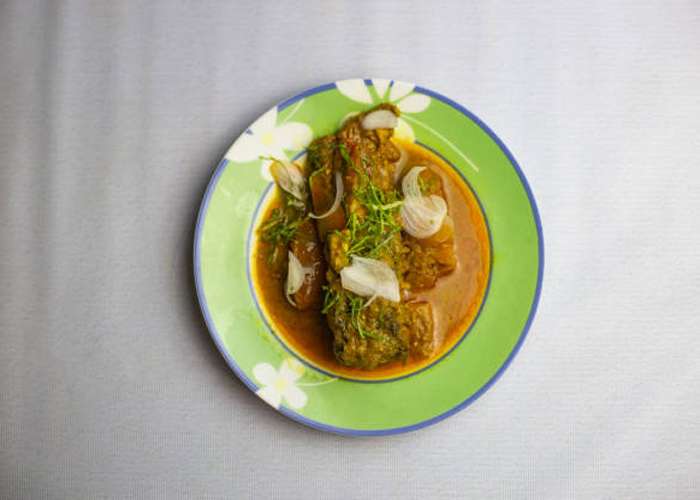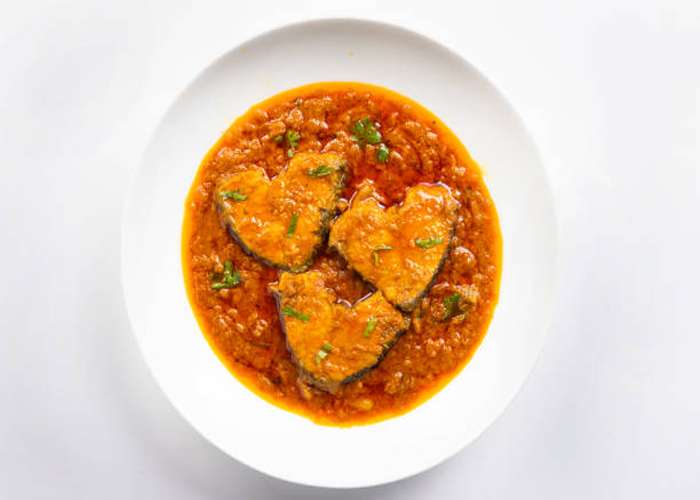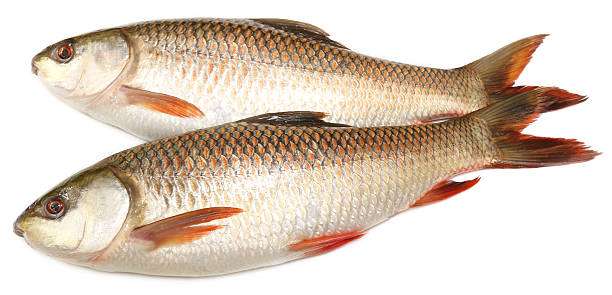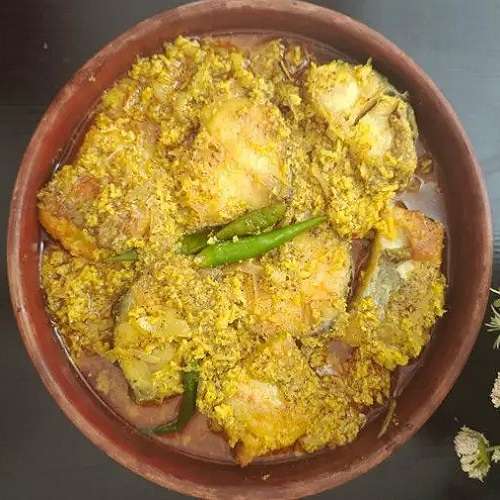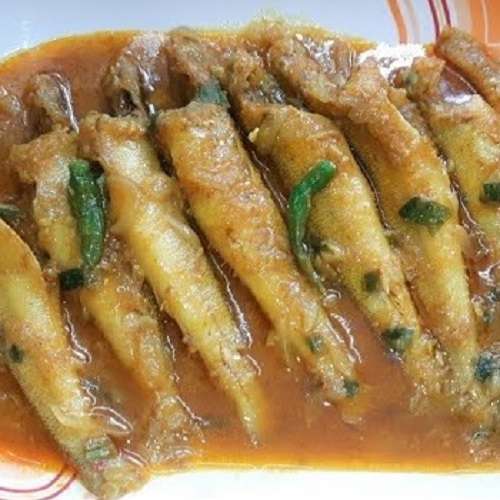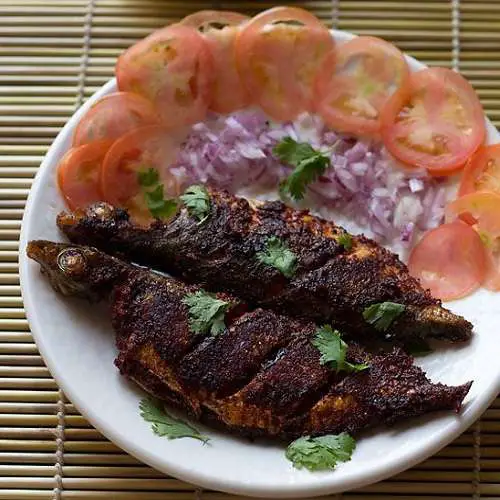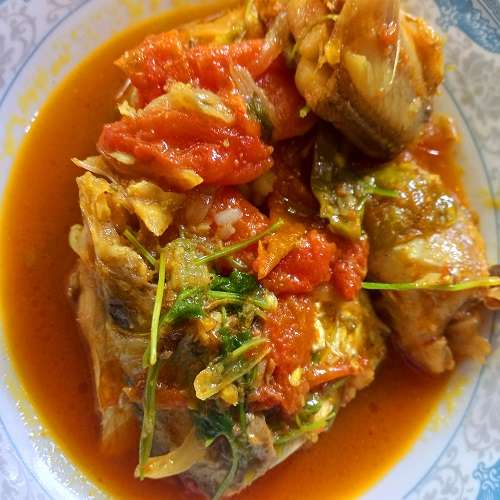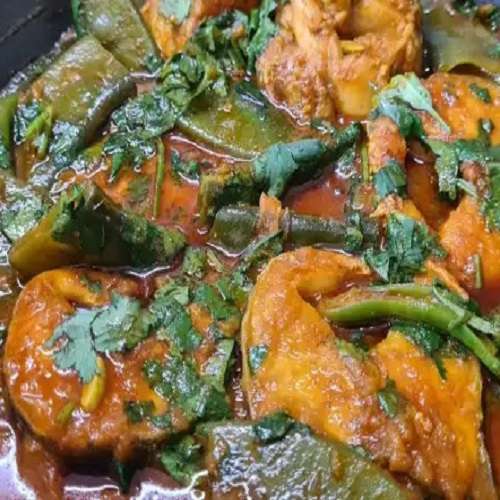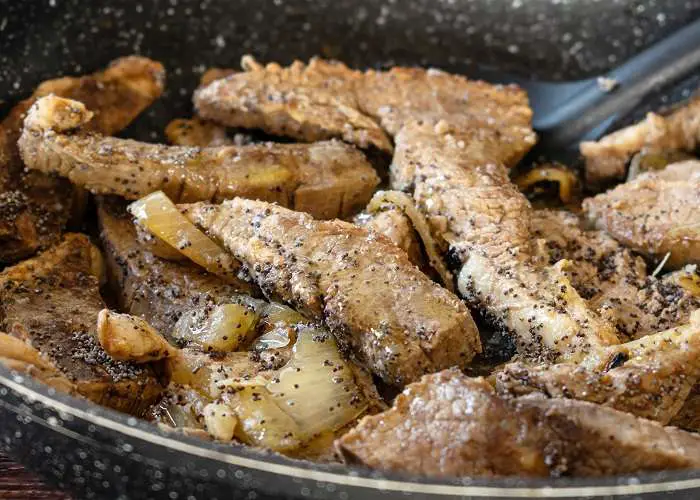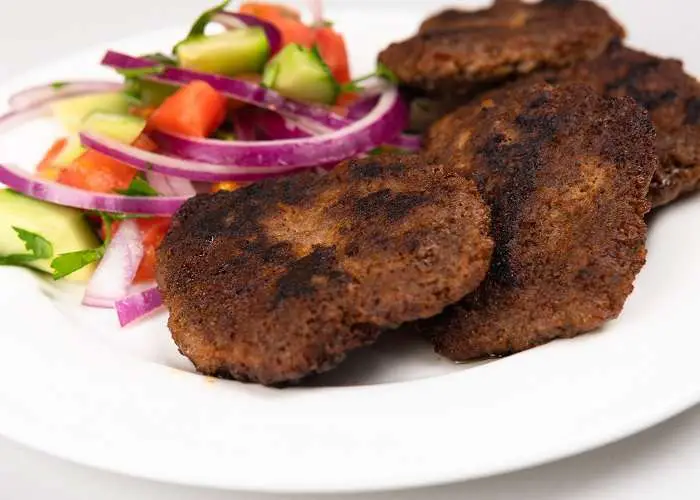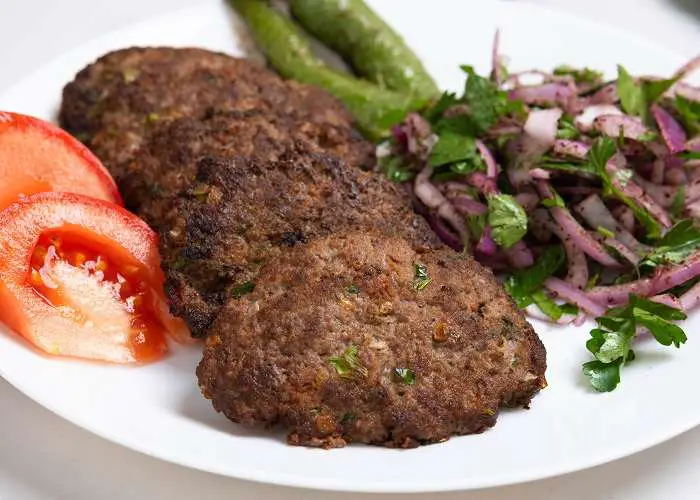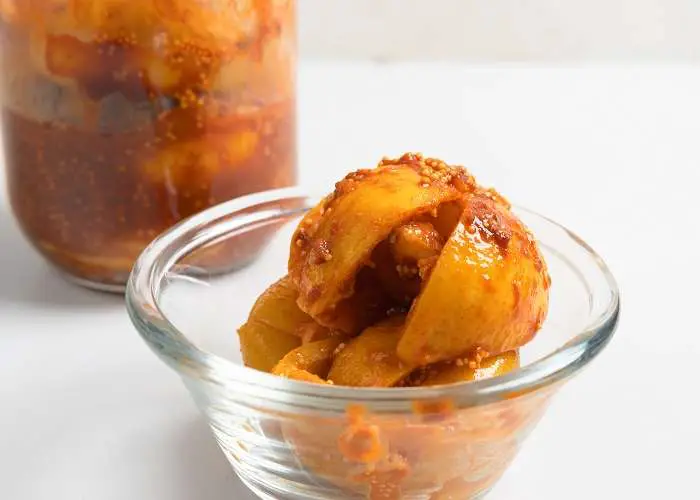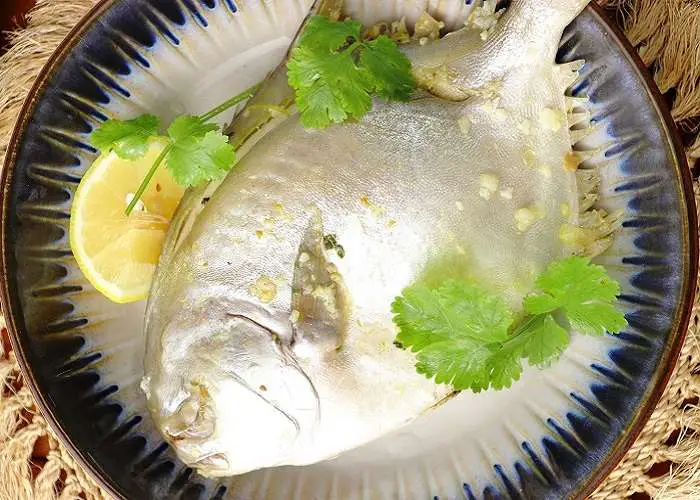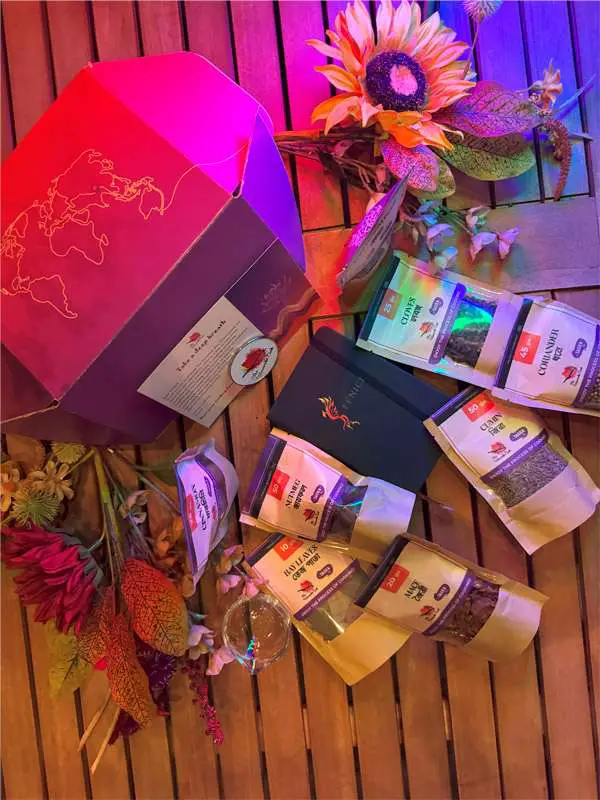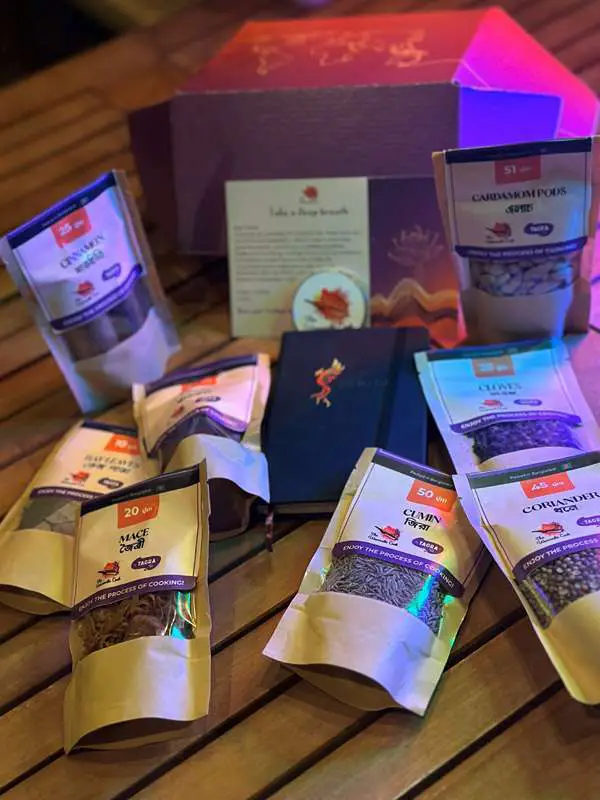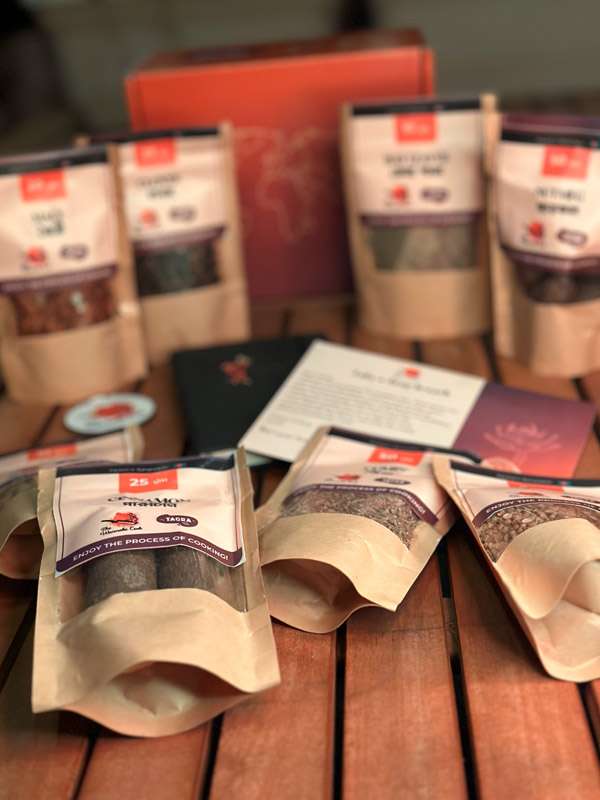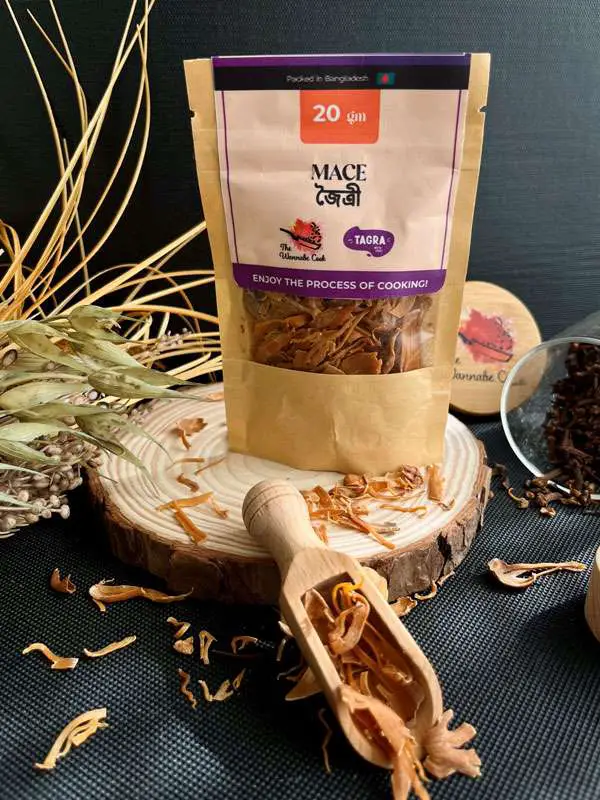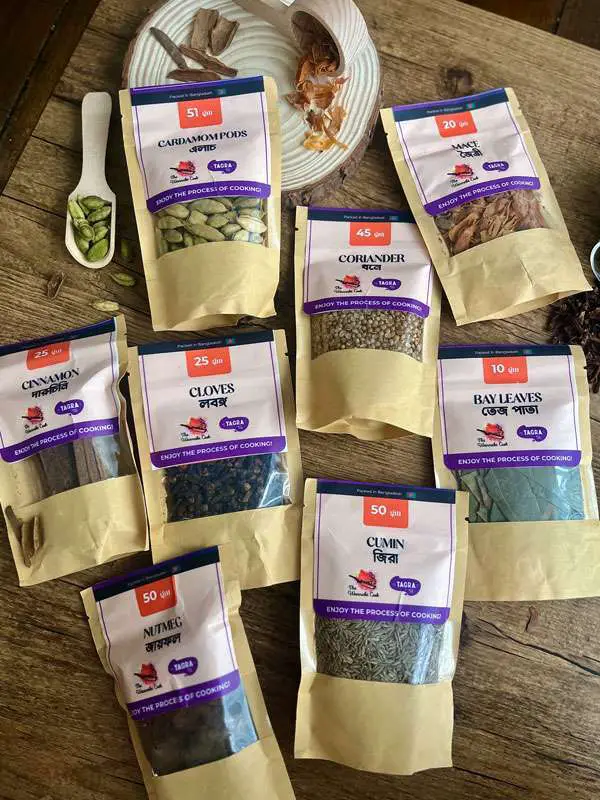Rohu/ Rui Fish
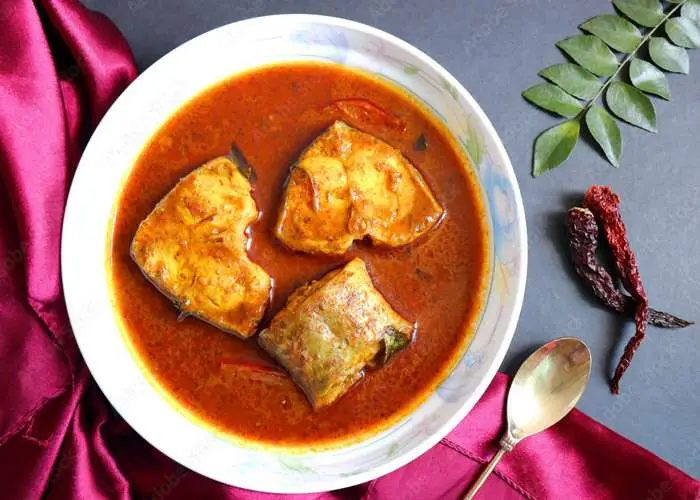
Rohu. Rui, or Ruhi, is probably one of the most cherished fish in Bengali cuisine. I remember from my childhood that people used to serve Rohu fish at big family events, even in wedding ceremonies. It was part of the tradition to buy and serve the biggest Rohu fishes possible. As a child, I was a very picky eater and did not like eating most types of fish. I would usually only eat Hilsha fish. So, the first time I ended up trying Ruhi was at my maternal aunt’s wedding. I still remember that dish to be one of the best fish dishes I had ever tasted. That first experience made me a fan of Rohu fish.
How Can You Identify a Rohu Fish?
The Rohu fish, known scientifically as Labeo rohita, is a species commonly found in rivers across South Asia. It’s recognized for its large size and silver color. If you are a beginner like me, still having a had time, differentiating your Rui from your Katla (another carp-type fish similar to Rui), then here are some of the key characteristics to look for when you are trying to buy Rui fish:
- Shape of the Fish: Rui fish have a very typical carp-fish-like shape and arched head.
- Size: This type of fish can grow quite large. An adult Rohu can weigh up to 45 kg (99 lb) and reach a maximum length of 2 meters (6.6 ft). However, the average length of Rohu fish is around 1 meter (1.6 ft).
- Scales: Their whole body is covered with shiny, cycloid scales: The head area is clean without any scale.
- Mouth: Rohu fishes have a small mouth with thick lips and a unique-looking inner fold to each lip.
- Color: Its upper body is dark, while the lower body and belly are golden brown in color. The fish’s fins, particularly the tail fin, are bright red.
Why is Rohu Fish Good for Your Body?
If you include Rohu in your regular diet can it contribute to a balanced nutrition, as this fish offers many valuable nutrients. However, only eating it regularly is not enough. You will have to make sure to use healthy cooking methods to get the full advantage of its nutritional benefits. Here are some key benefits of eating Rohu:
- Heart Health: Rohu fish is rich in omega-3 fatty acids. Consuming Rui fish regularly can reduce inflammation and triglycerides. It can also improve blood vessel function and reduce the risk of heart disease.
- Joint Health: The high protein content in Rohu fish can help with maintaining and repairing joint tissues. Similarly, the omega-3 fatty acids in this fish, particularly EPA and DHA, can help to reduce inflammatory compounds, which might be beneficial for osteoarthritis patients.
- Cognitive Function: The omega-3s in Rui fish support brain cell structure and function. It can help to improve memory, learning, and brain development.
- Vitamin C: Rohu fish is rich in vitamin C, which is very important for the immune system and skin revitalization.
- Protein-rich: Rui fish is a good source of protein. It can help build muscle and repair damaged tissue.
- Low Fat: Rohu fish has a very little amount of fat content, which makes it a healthier choice for anyone.
- Mineral source: Rohu also contains essential minerals needed for body functions.
- Cancer prevention: Some studies suggest Rohu may lower cancer risk. Rohu has several nutrients that do this.
Here’s a table summarizing the nutritional components of Rohu/ Rui Fish per 100 grams, along with the source:
| Nutrient | Amount |
|---|---|
| Calories | 101 cal |
| Protein | 19.7 g |
| Fibre | 0 g |
| Carbohydrates | 0 g |
| Fats | 2.4 g |
| Calcium | 39.40 mg |
| Potassium | 330 mg |
| Phosphorus | 415 mg |
| Sodium | 49 mg |
Why is Rohu Fish Good for Your Body?
Rohu fish may contain trace amounts of mercury, which can harm pregnant women, nursing mothers, and young children. It is advisable to limit their consumption of mercury-rich fish. Individual sensitivities can cause digestive problems, such as an upset stomach or diarrhea, which vary from person to person. If you experience gastrointestinal problems, see a doctor. Individuals allergic to Rohu/ Rui Fish or fish proteins may experience itchy skin, hives, rash, swelling, or respiratory symptoms. Depending on the water source, fish may be exposed to environmental contaminants such as heavy metals, pollutants, and pesticides. While the overall risk is low, it is best to source Rohu fish from reputable and regulated suppliers in order to reduce exposure to such contaminants.
Some of the Best Rohu Dishes
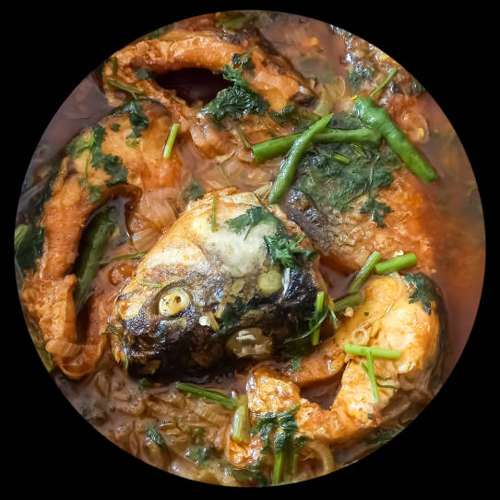 Steamed Rohu Fish with Pumpkin Leaves is a beloved Bengali delicacy. The fish, marinated in garlic and lemon, is wrapped in tender pumpkin leaves. These leaves infuse the dish with a unique flavor that’s hard to replicate. Imagine the anticipation as the steaming, leafy parcel is unwrapped, revealing perfectly cooked fish inside. The way this dish brings together the flavors of the fish, the gravy, and the pumpkin leaves is just unbelievable. Cooking inside leaves, known as paturi, is one of the most delicious ways of cooking in Bengali cuisine. Somehow, this technique brings out flavors that are simply not possible to achieve otherwise. My mother, herself, is quite an expert in making paturis. Still, as this dish is a bit complicated, she would not prepare it very often. Instead, it was a very special dish in our household. That’s why receiving a steaming piece of kumro patay rui paturi (rui fish steamed in pumpkin leaves) for lunch or dinner was one of the happiest moments during my childhood
Steamed Rohu Fish with Pumpkin Leaves is a beloved Bengali delicacy. The fish, marinated in garlic and lemon, is wrapped in tender pumpkin leaves. These leaves infuse the dish with a unique flavor that’s hard to replicate. Imagine the anticipation as the steaming, leafy parcel is unwrapped, revealing perfectly cooked fish inside. The way this dish brings together the flavors of the fish, the gravy, and the pumpkin leaves is just unbelievable. Cooking inside leaves, known as paturi, is one of the most delicious ways of cooking in Bengali cuisine. Somehow, this technique brings out flavors that are simply not possible to achieve otherwise. My mother, herself, is quite an expert in making paturis. Still, as this dish is a bit complicated, she would not prepare it very often. Instead, it was a very special dish in our household. That’s why receiving a steaming piece of kumro patay rui paturi (rui fish steamed in pumpkin leaves) for lunch or dinner was one of the happiest moments during my childhood
In Bengali cuisine, we love our rui fish, and that includes every part—even the head! One dish that showcases this love is Fish with Daal or Murighonto, where we combine the Rohu/ Rui Fish head with moong lentils. Don’t be fooled by its simplicity, the fish head adds a surprising depth of flavor. This dish results in a delicious soup-like creation that can be enjoyed on its own or with a side of rice. It’s like a cozy comfort food, somewhat reminiscent of Haleem, another lentil-based dish that mixes various lentils with meat. However, unlike Haleem, the rui fish head imparts a more pronounced texture compared to meat. But murighonto is made exclusively with moong daal (green gram beans), omitting the blend of multiple lentil types.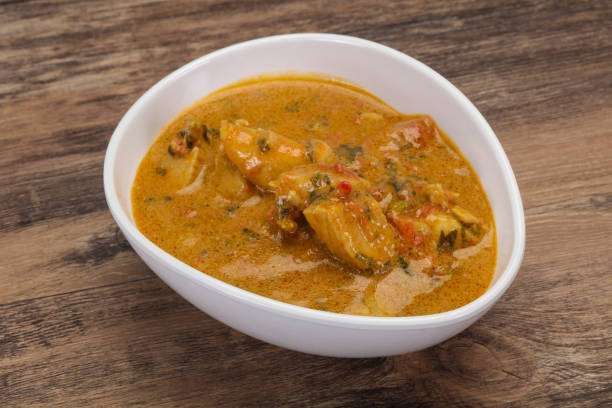
If you have never tried the beloved Bengali Rui Fish before, I hope this writing inspires you to do so. And if you have, what is your favorite Rui Fish recipe? Let me know through the comment section.
Latest Recipe:
Follow Us:

